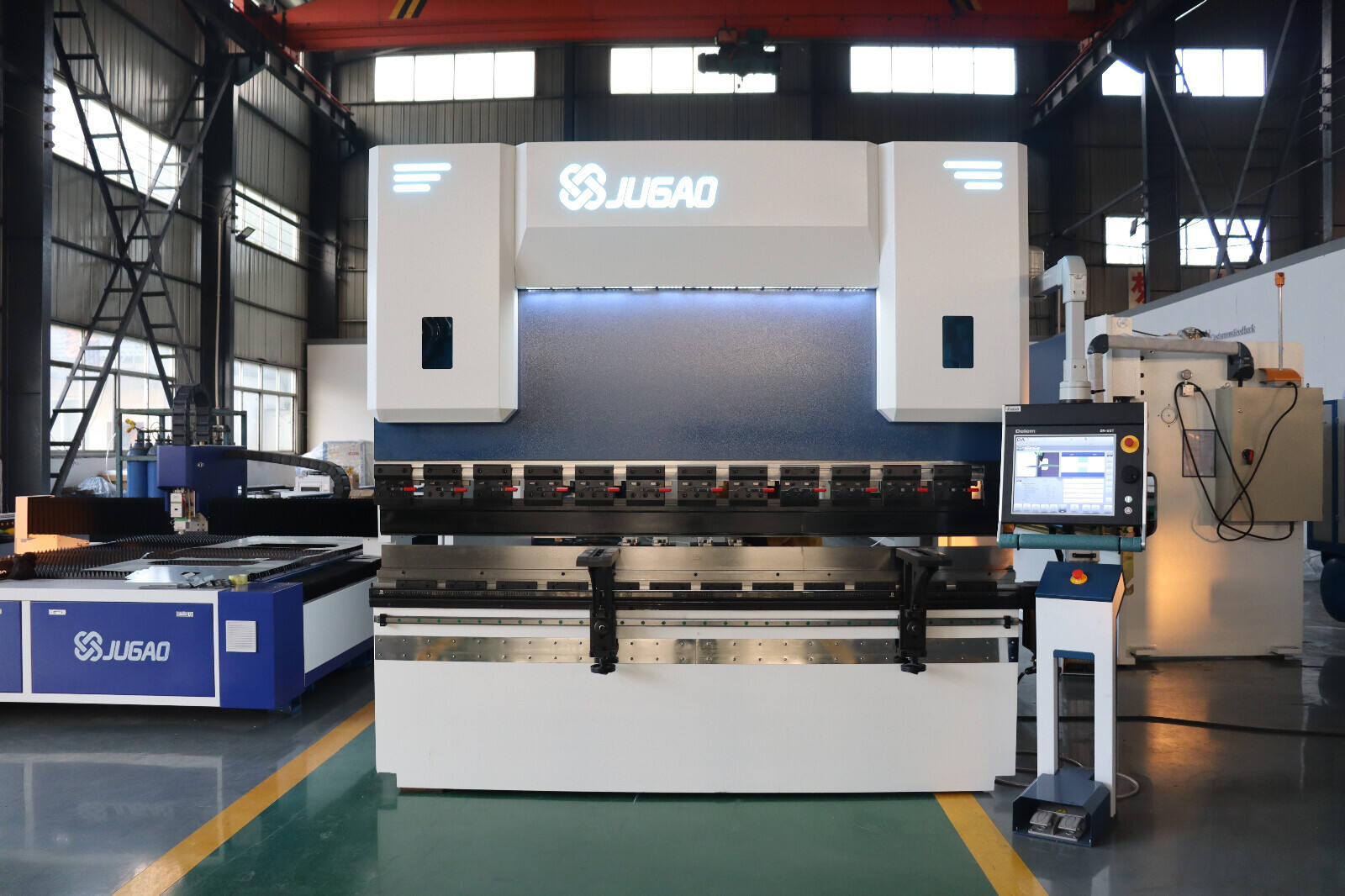Significance of Bending Force Calculation in Material Forming Operations
When it comes to implementing metal bending for different applications like making machine parts, or forming the components used in the creation of a structure, there is a need to consider a bending force calculation. This calculation determines the amount of force required to bend a given material successfully without damage or deformation.
A Comprehensive Guide
The bending force calculation model is the key of guaranteeing the quality and efficiency of bending process in metal bending forming process. Understanding the type of material, V-groove design, bend angle and pressure manufacturers can maximize tonnage selection and obtain accurate results in metal bending.
The Role of Material Type
Bending force calculation model is one of the important factors that consider the material types of the products. Materials have different hardness and softness and hence differ in force required to bend them. For its part, a softer metal such as aluminum may require less force than harder metals such as steel. Once the material type is appropriately identified, the manufacturer can adjust their tonnage selection and bending parameters appropriately.
V-Groove Design
The profile of the V-groove is also an essential characteristic of the bending force calculation model. The V groove forms the channel in which the material is bent and the layback configuration thereof can influence how the force applied is distributed along the material while it is being bent. A well-formed V-groove can divide the bend force equally and withstand the deformation, damage, and distortion of the material during bending. External look for bending force of V-groove design Manufacturers are suggested to take the V-groove designs into account when performing the bending force calculation in order to achieve better results.
Bending Angle and Pressure in Bending Force Evaluation
In addition to material and V-groove design, material thickness and the bending angle and pressing force applied during the bending process are important factors in the formula of bending force calculation model. The angle of bending determines the degree of bending of the material, and the pressure determines the magnitude of force applied to the material. Material type and V-groove design determine the appropriate bending angle and pressure based on which the manufacturers can obtain accurate bends with less material distortion.
The Key Factors to Consider
When estimating the bending force required for metal bending for example, using press brake bending machine, there are a few basic factors to consider before employing the machine in the intended metal bending. These factors are material type, V-groove design, bend angle and pressure, along with tonnage application. By taking a close look at both elements and adjusting as needed, manufacturers make accurate, efficient bends in their metal forming procedures.
Improving Part Output, Quality and Yield in the Metal Bending Process with Tonnage Monitoring.
Tonnage choice is one of the important issues of bending force calculation model. Tonnage describes the force that is exerted on the metal material being bent, and the proper tonnage is necessary to produce properly bent pieces. What Are The Benefits? Companies that optimize tonnage selection on their press brakes according to material type, V groove opening, Bending Machine degree of bend, and pressure can realize a range of improvements throughout the bending process. Furthermore, correct tonnage choice can also bring a longer bending machine life span and prevent material damages.
In summary, the bending force computation model represents a significant point in metallic bending that enables manufacturers to produce accurate and efficient bends. By learning how V-groove selection relates to material type and thickness, the press brake bending angle, and the pressure and tonnage of the press, metal fabricators can adjust the process to produce good quality parts. Through close examination of these normal force variables, and their required adjustments, manufacturers can significantly improve the efficiency and high quality of their metal forming productivity.



















































